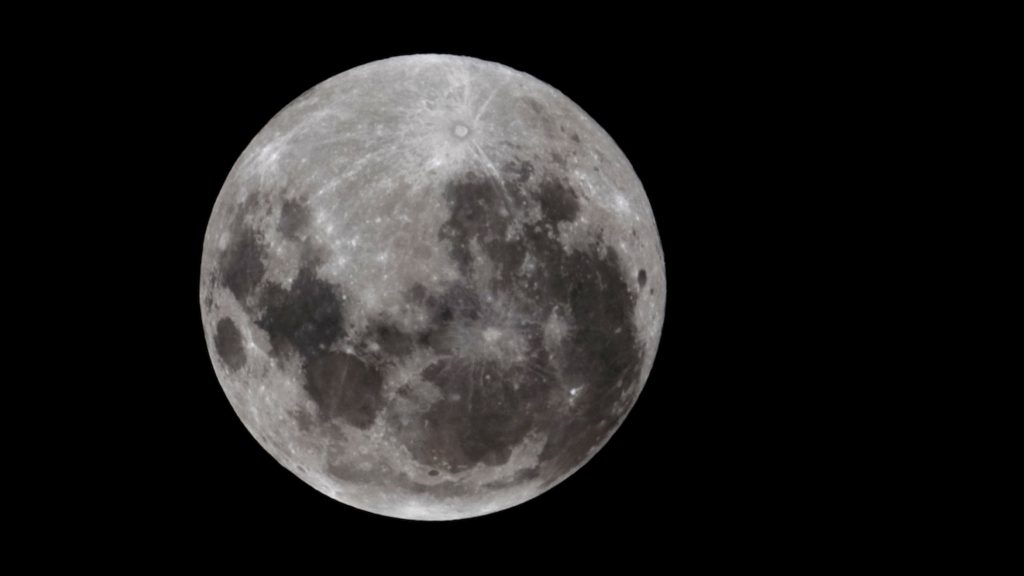Areas of the Moon have an “unusually” large amount of trapped water that could support future lunar explorations, according to a new report.
The sub-surface water reserves appear to be contained within volcanic deposits and are further proof the Moon is water-rich, researchers at Brown University say.
Shuai Li, co-author of the study of satellite data, said the supply could potentially be extracted and used as “in situ resources for future exploration”.
“The growing evidence for water inside the Moon suggests that water did somehow survive, or that it was brought in shortly after the impact by asteroids or comets before the Moon had completely solidified,” she said.
“Anything that helps save future lunar explorers from having to bring lots of water from home is a big step forward.”
Until a decade ago, scientists believed that the Moon’s interior had been largely depleted of water.
However, in 2008 water was found in pebble-like beads brought back to Earth by the Apollo 15 and 17 missions.
Three years later, a further study of crystalline formations within the beads found that they contained similar amounts of water as some basalts on Earth.
Brown University researchers found evidence of water in a number locations across the surface of the Moon, including near the Apollo 15 and 17 landing sites.
Ralph Milliken, lead author of the study, said the distribution of the Moon’s water-rich deposits “tells us that the water found in the Apollo samples isn’t a one-off”.
He said: “By looking at the orbital data, we can examine the large pyroclastic deposits (products of volcanic explosions) on the Moon that were never sampled by the Apollo or Luna missions.
“The fact that nearly all of them exhibit signatures of water suggests that the Apollo samples are not anomalous, so it may be that the bulk interior of the Moon is wet.”



